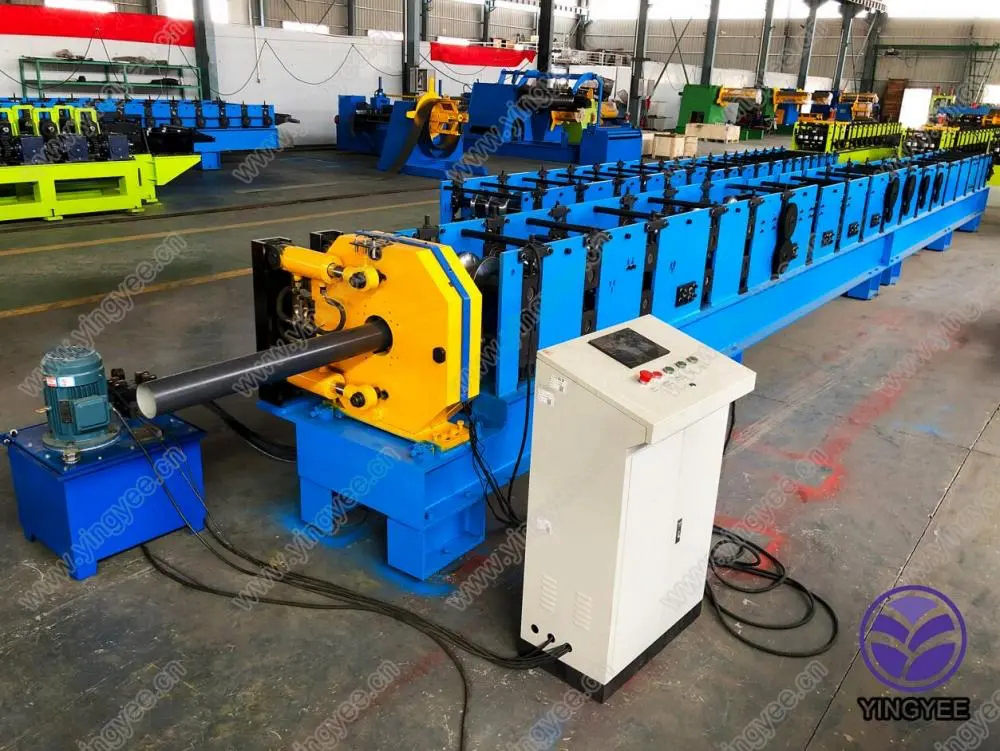
Understanding Z28-300 Thread Rolling Machine Parts
In the industrial world, thread rolling machines play a crucial role in the manufacturing of threaded components. Among various models, the Z28-300 thread rolling machine stands out due to its remarkable efficiency and precision. This machine is widely used in various industries, including automotive, aerospace, and electronics, where high-quality threaded parts are essential. In this article, we will explore the significance of the Z28-300 thread rolling machine parts, how they function, and their importance in modern manufacturing.
Overview of Thread Rolling Machines
Thread rolling is a cold forging process that transforms cylindrical blanks into threaded parts without cutting the material. Instead of traditional machining processes, thread rolling uses round thread rolls that deform the workpiece to create threads. This method is favored for its ability to produce high-quality threads with improved strength and surface finish, while also being cost-effective.
The Z28-300 is a specific model designed to handle a variety of threaded components efficiently. Its robust construction and precision-engineered parts are key to its performance and reliability in production environments.
Key Components of the Z28-300
1. Thread Rolls The thread rolls are the heart of the thread rolling machine. For the Z28-300, these rolls are made from high-quality tool steel and are expertly ground to create precisely the desired thread profile. The configuration of the rolls determines the shape and dimensions of the threads being produced.
2. Machine Frame The frame of the Z28-300 provides the structural integrity needed to withstand high loads during the rolling process. It is engineered to minimize vibrations, ensuring that the threads rolled are uniform in size and quality. The robust construction also contributes to the machine's longevity.
3. Feed Mechanism Accurate feeding of the workpiece is essential for consistent quality. The Z28-300 features an advanced feed mechanism that ensures precise positioning of the blank during the rolling cycle. Proper alignment is critical to avoid defects and ensure the integrity of the threaded component.

4. Drive System The drive system powers the rolls and controls their speed during the threading operation. The Z28-300 utilizes a high-efficiency motor that allows for adjustable speed settings, enabling operators to customize the rolling parameters based on the material and desired thread specifications.
5. Lubrication System Adequate lubrication is vital for reducing friction and heat during the rolling process. The Z28-300 is equipped with an automated lubrication system that ensures all moving parts are adequately lubricated, enhancing performance and reducing wear.
Importance of Quality Parts
The quality and precision of each component in the Z28-300 thread rolling machine directly influence the efficiency and output of threaded parts. High-quality thread rolls, for instance, are critical for achieving the desired thread profile without sacrificing strength.
Moreover, the integration of advanced materials and manufacturing techniques in the production of these parts leads to reduced downtime and maintenance costs. When each part functions effectively, the overall productivity of the manufacturing system is enhanced, resulting in cost savings and improved competitiveness in the market.
Conclusion
The Z28-300 thread rolling machine is an exemplary tool in modern manufacturing, offering efficiency and precision in the production of threaded components. Understanding the critical parts of this machine allows manufacturers to appreciate its capabilities and the importance of maintaining high-quality standards.
As industries continue to evolve with the demand for high-performance components, the role of machines like the Z28-300 becomes even more significant. Investing in quality parts and technology ensures that manufacturers can meet these evolving demands, remaining at the forefront of their respective industries. In conclusion, the Z28-300 not only represents a machine but also a vital part of the manufacturing landscape, contributing to innovations and advancements across multiple sectors.